5. The Yakuza (1974)
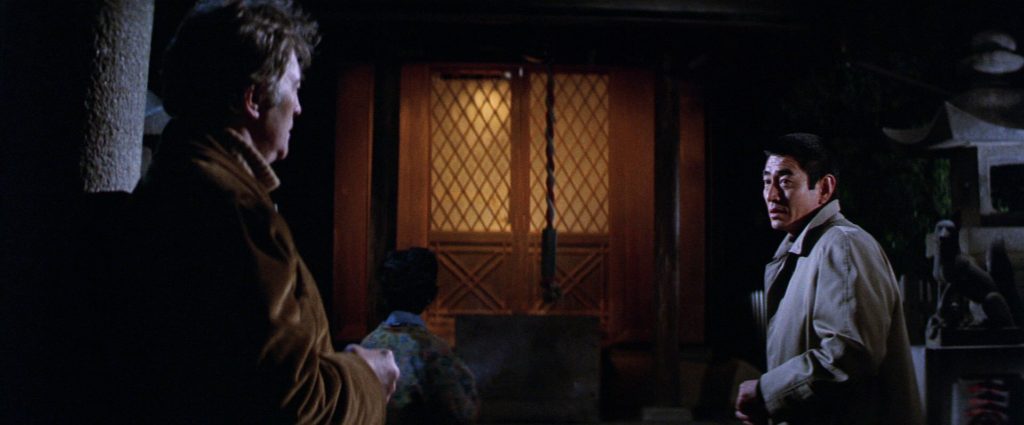
“The Yakuza” is a neo-noir crime movie directed by Sydney Pollack (“They Shoot Horses, Don’t They?”,”The Swimmer”) about the Japanese samurai code of honor (Bushido). The screenplay by Paul Schrader (“Taxi Driver”) and Robert Towne (“Chinatown”) was based on the story of Leonard Schrader. This unrecognized gem depicts how the Japanese people preserved their culture and traditional values in spite of the westernization.
Robert Mitchum stars as Harry Kilmer, a private investigator who is asked by George Tanner (Brian Keith) to help him find his missing daughter. The daughter has been kidnapped by Tono, a yakuza gangster who has been doing business with Tanner. Harry, who was assigned to stay in Tokyo for some time in the end of World War II, has to return to Japan to find the missing girl. There he encounters Eiko (Keiko Kishi), a woman from his past, and her brother Ken (Ken Takakura), who owes him a favour. Harry has to not only find the kidnapped girl, but also deal with the Yakuza gansters and his past.
Despite the fact that this is a crime film with violent scenes about the Yakuza, it is also a melancholic tale about love and betrayal. It goes without saying that “The Yakuza” is a visual poem about the Japanese culture, as well as an ode to friendship.
Overall, “The Yakuza” is great crime movie with powerful performances and a philosophical subtexture, a film that blends the samurai genre with the Western cult cinema.
4. Flic Story (1975)
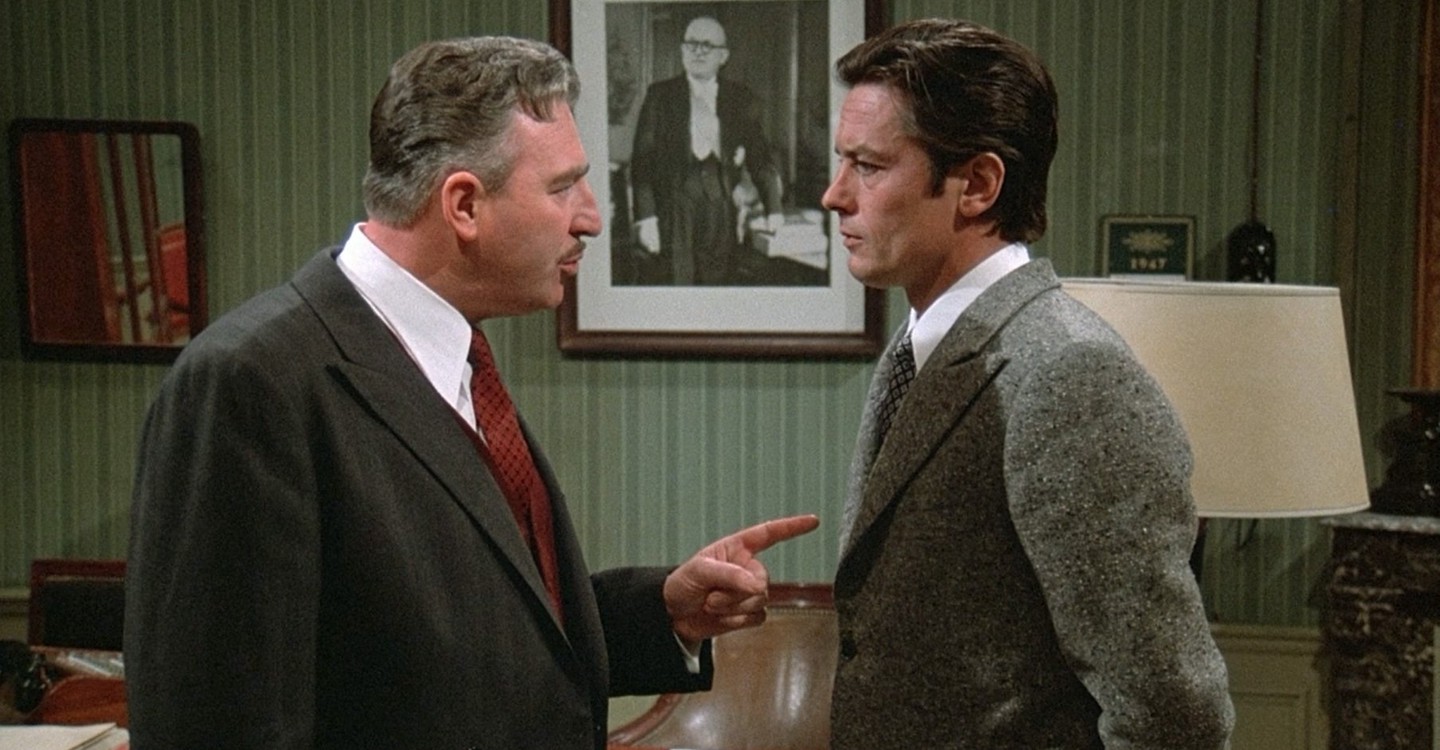
Overshadowed by Jean-Pierre Melville’s masterpiece “Le Samouraï”, “Flic Story” (aka “Il était une fois un flic”) is a thrilling crime film directed by the French filmmaker Jacques Deray. This criminally underrated film is based on the true story of the detective Roger Borniche illustrating the nine-year pursuit of the ruthless criminal Emilio Buisson. Set in the post-war France in 1947, the films captures the aftermath of World War II.
This existential crime drama follows the story of the notorious gangster Emilio Buisson (Jean-Louis Trintignant), who is on a killing spree terrorizing the whole city of Paris. He is a mentally unstable person who has escaped from a psychiatric asylum, as well as a sociopath who lacks empathy. His case is assigned to Roger Borniche (Alain Delon), one of the best French detectives. Borniche is a methodical and honest police officer who disapproves the excessive use of violence and police brutality. Borniche has to not only find a way to capture this ruthless gangster, but also deal with the bureaucracy and media pressure.
Moreover, “Flic Story” isn’t just a great film-noir with awe inspiring performances and great dialogues, but also an existential drama about the aftermath of World War II. The film also depicts the dark side of bureaucracy and media pressure.
Taking everything into consideration, “Flic Story” is a hidden gem of the French cinema.
3. The Bride Wore Black (1968)
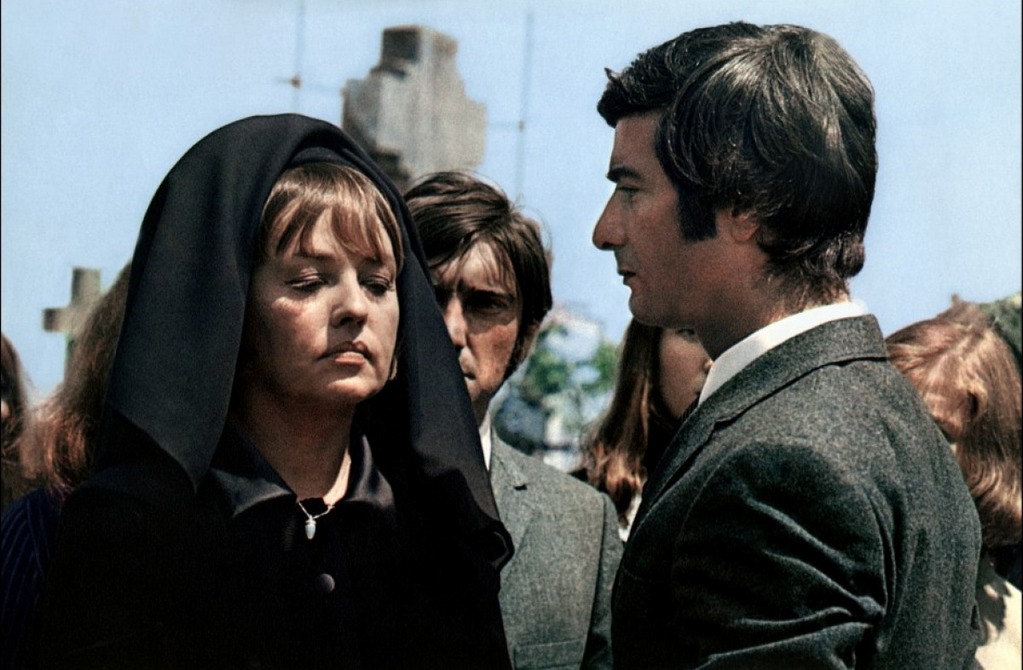
Directed by the legendary French director Francois Truffaut, “The Bride Wore Black” (aka Mariée était en noir) is a stylish crime film about grief, loss and revenge. This haunting thriller is obviously a homage to the master of suspense Alfred Hitchcock. Truffaut manages to create not only a suspenseful thriller, but also a black comedy with a sensational performance by the French actress Jeanne Moreau.
Based on the novel by Cornell Woolrich, the film follows the tragic story of the widow Julie Kohler (Jeanne Moreau). After a failed attempt to commit suicide, a widowed woman Julie decides to leave her mother and her town. She is determined to track down the five men who killed her beloved husband on her wedding day. She hunts, seduces and eventually kills each one of the five men that are responsible for her husband’s death. She is not only a cold blooded and remorseless hunter that is determined to get her revenge, but also an emotionless woman that her life is ruined.
Although “The Bride Wore Black” is a tribute to Alfred Hitchcock’s filmography, it may have also inspired Tarantino’s similar revenge story of “Kill Bill”.
Despite the fact that “The Bride Wore Black” received mixed upon its release, it is now considered a classic revenge film that blends the French New Wave with the Hollywood cinema. A hidden gem of Truffaut’s critically acclaimed filmography.
2. Scum (1979)
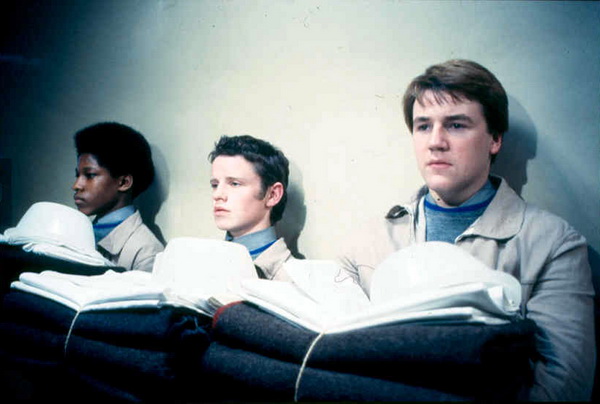
“Scum” is a genuinely disturbing crime film directed by the British filmmaker Alan Clarke. This controversial film depicts the brutality of life inside a British youth detention centre (aka Borstal).
The film follows the tragic story of Carlin (Ray Winstone), a young offender who is transferred to a British borstal after assaulting a guard. Carlin is a tough young man who doesn’t like Banks, an inmate who is controlling almost everything. The film focuses on the way Carling rises to the top of the inmates order with the help of an eccentric inmate named Archer (Mick Ford).
Archer is an atheist who is opposed to war and violence of any kind, as well as an intellectual who spends of his time reading books.
Besides Carlin’s story, the film also depicts the excessive use of violence, the physical and emotional abuse of the inmates and the cruelty of wardens. This harrowing film was criticized for the use of graphic violence depicting shocking scenes of torture, rape and suicide.
It is quite obvious that the film stands out as a subtle commentary of the British flawed system, as well as a bleak depiction of a youth correctional facility. In addition, it questions the role of the correctional system and the outdated borstal system in the UK.
It is not only a jewel of the British cult cinema, but also a great study of the British juvenile justice system.
1. Wanda (1970)
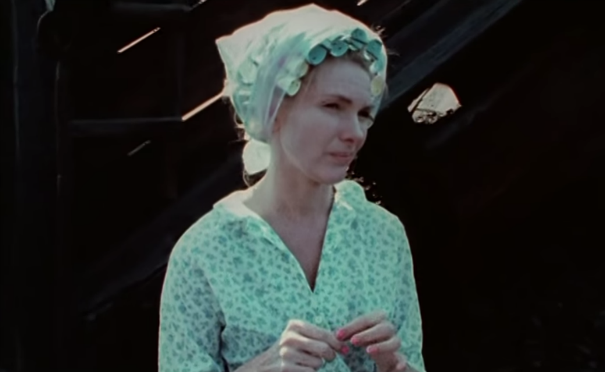
“Wanda” is an American independent crime drama that follows the touching story of a driftless woman as she befriends a bank robber. This neglected masterpiece of American indie cinema was written, directed and starred by Barbara Loden. The female director, who was often described as the female counterpart to John Cassavetes, has managed to create a minimalistic drama with grainy photography and realistic performances.
To be more specific, the story focuses on the tragic story of a desperate housewife named Wanda, as she wanders through the coal mines of eastern Pennsylvania. Wanda is an irresponsible and emotionless mother who has abandoned her husband and her infants kids. She drifts through the streets sleeping with strangers to get some money.
Her boring life changes dramatically when she unexpectedly meets a small-time criminal named Norman Dennis (Michael Higgins). Norman and Wanda embark on a bleak road trip through the different states of America. When Norman decides to rob a bank with the help of Wanda, everything goes out of control.
It goes without saying that “Wanda” is a melancholic tale about loneliness and alienation, as well as an exercise in experimental cinema. Barbara Loden’s pure cinematic style can be compared to the artistic oeuvre of art-house directors such as Robert Bresson and John Cassavetes.
All in all, “Wanda” is a buried treasure of the American cinema that needs to be rediscovered.